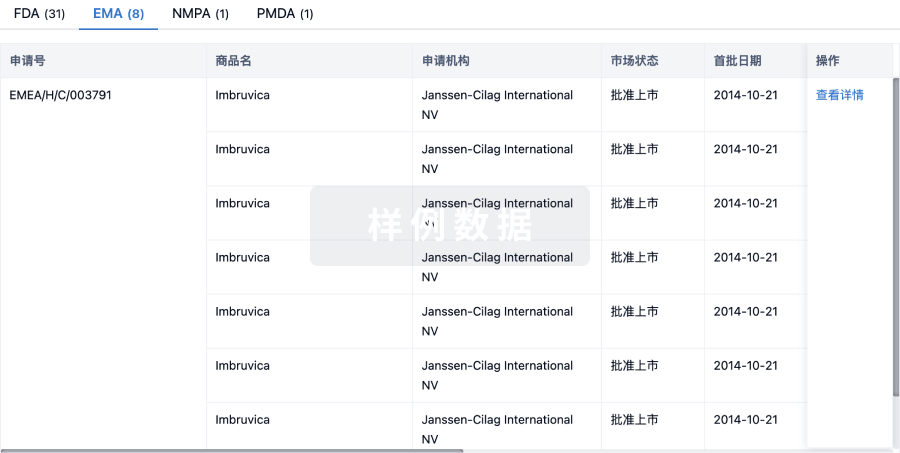Fentomycin-1
概要
基本信息
非在研机构- |
权益机构- |
最高研发阶段临床前 |
首次获批日期- |
最高研发阶段(中国)- |
特殊审评- |
关联
Iron catalyses the oxidation of lipids in biological membranes and promotes a form of cell death referred to as ferroptosis1-3. Identifying where this chemistry takes place in the cell can inform the design of drugs capable of inducing or inhibiting ferroptosis in various disease-relevant settings. Whereas genetic approaches have revealed underlying mechanisms of lipid peroxide detoxification1,4,5, small molecules can provide unparalleled spatiotemporal control of the chemistry at work6. Here, we show that the ferroptosis inhibitor liproxstatin-1 (Lip-1) exerts a protective activity by inactivating iron in lysosomes. Based on this, we designed the bifunctional compound fentomycin that targets phospholipids at the plasma membrane and activates iron in lysosomes upon endocytosis, promoting oxidative degradation of phospholipids and ferroptosis. Fentomycin effectively kills primary sarcoma and pancreatic ductal adenocarcinoma cells. It acts as a lipolysis-targeting chimera (LIPTAC), preferentially targeting iron-rich CD44high cell-subpopulations7,8 associated with the metastatic disease and drug resistance9,10. Furthermore, we demonstrate that fentomycin also depletes CD44high cells
研发状态
| 适应症 | 最高研发状态 | 国家/地区 | 公司 | 日期 |
|---|---|---|---|---|
| 转移性乳腺癌 | 临床前 | 法国 | 2025-05-07 | |
| 转移性乳腺癌 | 临床前 | 法国 | 2025-05-07 | |
| 胰腺导管腺癌 | 临床前 | 法国 | 2025-05-07 | |
| 胰腺导管腺癌 | 临床前 | 法国 | 2025-05-07 | |
| 肉瘤 | 临床前 | 法国 | 2025-05-07 | |
| 肉瘤 | 临床前 | 法国 | 2025-05-07 |
临床结果
| 研究 | 分期 | 人群特征 | 评价人数 | 分组 | 结果 | 评价 | 发布日期 |
|---|
No Data | |||||||
转化医学

药物交易

核心专利

临床分析

批准

特殊审评


